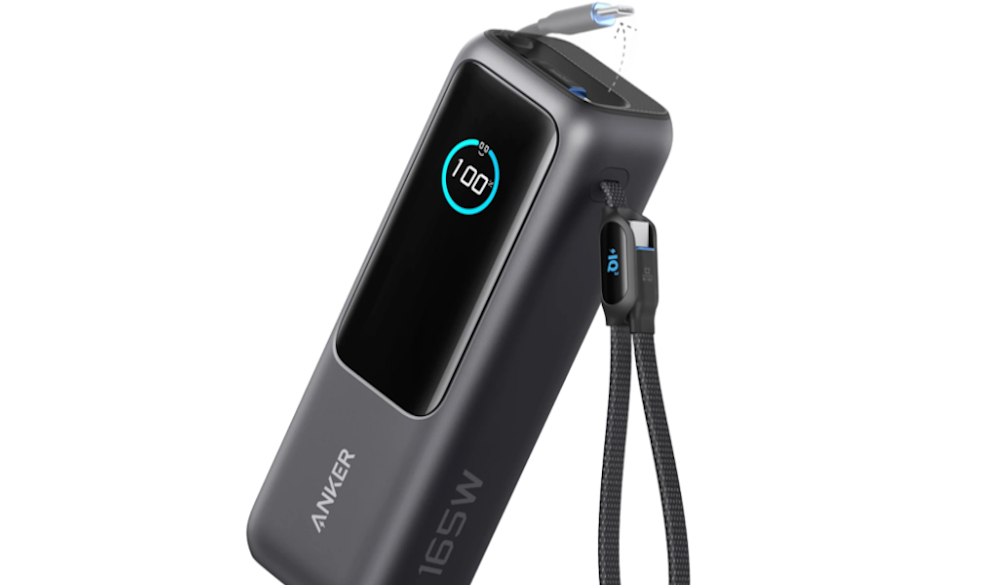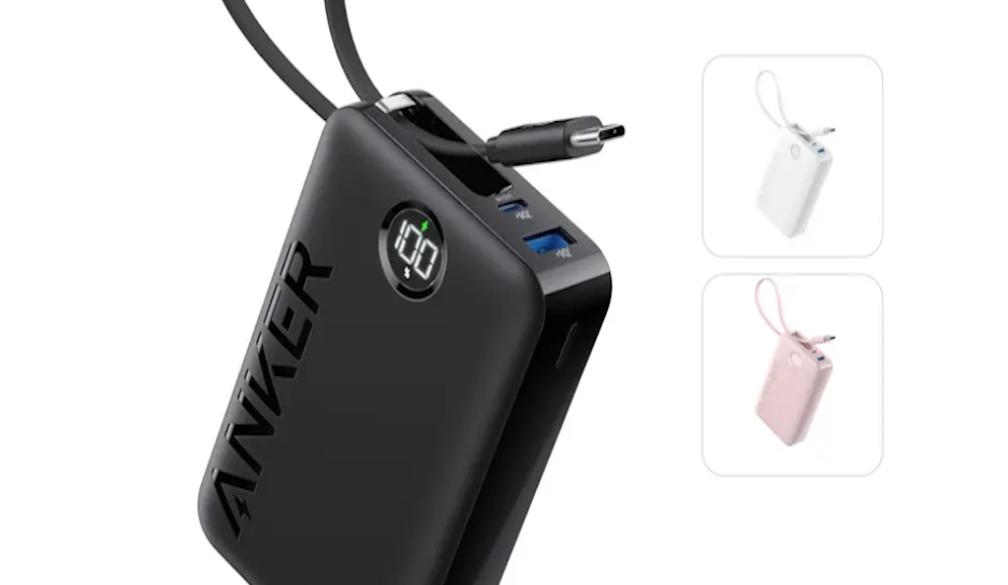The Conversation articles engage readers and have practical uses in the real world
- Written by Sarah Keenihan, Section Editor: Science + Technology, The Conversation

The Conversation has a monthly readership on site of 8 million, and reaches more than 35 million people every month through our republication model. But do all those reads actually make a difference?
Read more: Pilot study on why academics should engage with others in the community
To find out, Pauline Zardo and her colleagues recently assessed how content published by The Conversation is used by readers.
They report that not only do readers take knowledge on board for learning and behaviours in their personal lives, The Conversation’s content is being used to inform industry and government decision-makers.
The results are published this month in the journal PLOS One.
How readers use The Conversation articles
To identify factors that predict use of academic research and expertise reported in The Conversation, the study looked at data collected from 7-15 April 2017 via a survey The Conversation sent to Australian readers. In total, 7,772 survey participants consented to their responses being included in the analysis.
These are the ways The Conversation readers reported their use of the content:
Zardo and colleagues also explored whether certain types of reader engagement and actions predicted certain kinds of use.
Engagement is a term used to describe the spread of research outside of the academic sphere – either to new groups of researchers, or to the world more broadly. In the current study, indicators of engagement included things like “republished the article”, “shared an article on social networks (e.g. Facebook, Twitter) or by email” or “used the article in a report”.
The survey also asked about age, gender, state of residence, place of residence (city, regional, rural), education, income, sector worked within, employment position, business owner and business type.
Different uses correlate with different actions
The study found some clear positive associations between the four types of article use, with actions of readers and readers characteristics.
Use to develop policies, programs and practice: Deliberate reader actions – use of articles in reports, republishing articles, or undertaking further research – were positively associated with use of The Conversation content to develop policies, programs and practice. This use correlated with readers who identified themselves as “politician, policy officer, or government employee.”
Use to support an existing strategy, policy, program: Readers who identified themselves as owners, managers, executives or leaders, and politicians, policy officers, or government employees aligned with use of The Conversation content to support an existing strategy, policy, program or related decision. These readers indicated they’d used articles in a report, and discussed content with friends or colleagues.
Use to inform understanding, discussion, and debate: Use of The Conversation content to inform understanding, discussion and debate related to work was positively linked with readers who selected “to assist in my work/research” and “discussed with friends or colleagues.”
Use to inform personal attitude or behaviour change in personal life: Use of The Conversation articles to inform personal attitude or behaviour change in personal life was associated with readers who selected “discussed with friends or colleagues”, “to explain the news” and “for expert opinion and facts.”
Why measure research use and impact?
Australian academics are increasingly concerned with measuring the broader implications of their research. Starting this year, The Australian Engagement and Impact Assessment program asks Australian universities to prove their research provides concrete benefits for taxpayers and the government, who fund it. The Assessment measures:
1) the extent to which universities engage with industry, government and other research end-users, and
2) the impact that university research has had on the world beyond academia.
Read more: Starting next year, universities have to prove their research has real-world impact
University of Adelaide’s Heather Bray, who was not involved in the study, said that in 2018, engagement and impact will be assessed for each broad field of research. Engagement will be assessed primarily by financial investment by end users (including research commercialisation income), along with a narrative describing engagement with end users in more detail.
“Impact will be based on more qualitative studies that provide an evidence-base for research being used in some way to make contributions to the economy, society, culture, and the environment, beyond contributions to academia,” said Bray.
Research impact and engagement are deeply intertwined, and it’s broadly assumed that increased engagement drives increased impact.
But just because you can measure engagement, doesn’t necessarily mean the research is actually being used.
“We need to examine engagement, and see what type of engagement activities are most effective for which type of research use or outcome,” said study author Zardo.
“As academics, we need to be much more evidence based about the ways we plan, monitor and evaluate our engagement and impact efforts.”
Bray says we still don’t know a lot about how research makes it outside of academic circles to reach other sectors of society and contribute to real, evidence-based change.
Prioritise strategic engagement
Based on this study, Zardo and her colleagues have drawn some broad positive conclusions that describe how articles published on The Conversation play a role in engaging readers with research, and how research is used for engagement and impact.
“Decision-makers are finding content on The Conversation that is relevant to their decision-making needs and actionable in their context,” said Zardo.
“For academics, publishing in The Conversation provides an excellent opportunity to increase research use, and therefore potential research impact.”
Bray says the findings of this paper do suggest that The Conversation is an important tool for sharing research between researchers and potential end-users.
“However, based on the current assessment framework this is still a means to an end, rather than evidence of engagement or impact on its own,” she said.
“For example, to be included as evidence to support an impact study, specific information about how a piece of research was used, who was affected, and most importantly what kind of change it led to and the extent of that change would need to be documented.”
“Increasing the amount of research that’s accessible to end-users is vitally important for a range of reasons, but engagement ideally means much stronger two-way communication from the start of research projects including involving end users in research planning,” Bray said.
“Still, the relationship has to start somewhere.”
Paper author Zardo agrees more research would be useful, writing:
… qualitative follow up research could provide greater detail to deepen understandings of examples of instrumental use of The Conversation articles.
Horses for courses
For Zardo, the overall message from this study is that different types of engagement with research are associated with different types of use of research.
“We need to have a much more nuanced, more practise-based understanding of how engagement processes work,” said Zardo.
“As academics, we need to be clear about the type of impact we expect, who our partners are, what the context is, and target engagement effort to achieve a specific type of impact.”
Zardo suggests that with evidence, academics can be more strategic about they way they conduct engagement activities.
“We can minimise effort and be more effective and efficient,” said Zardo.
“We are not in direct control of impact, but we are in direct control of the way we engage with people and how we communicate, and we can get better at that.”
Authors: Sarah Keenihan, Section Editor: Science + Technology, The Conversation



















